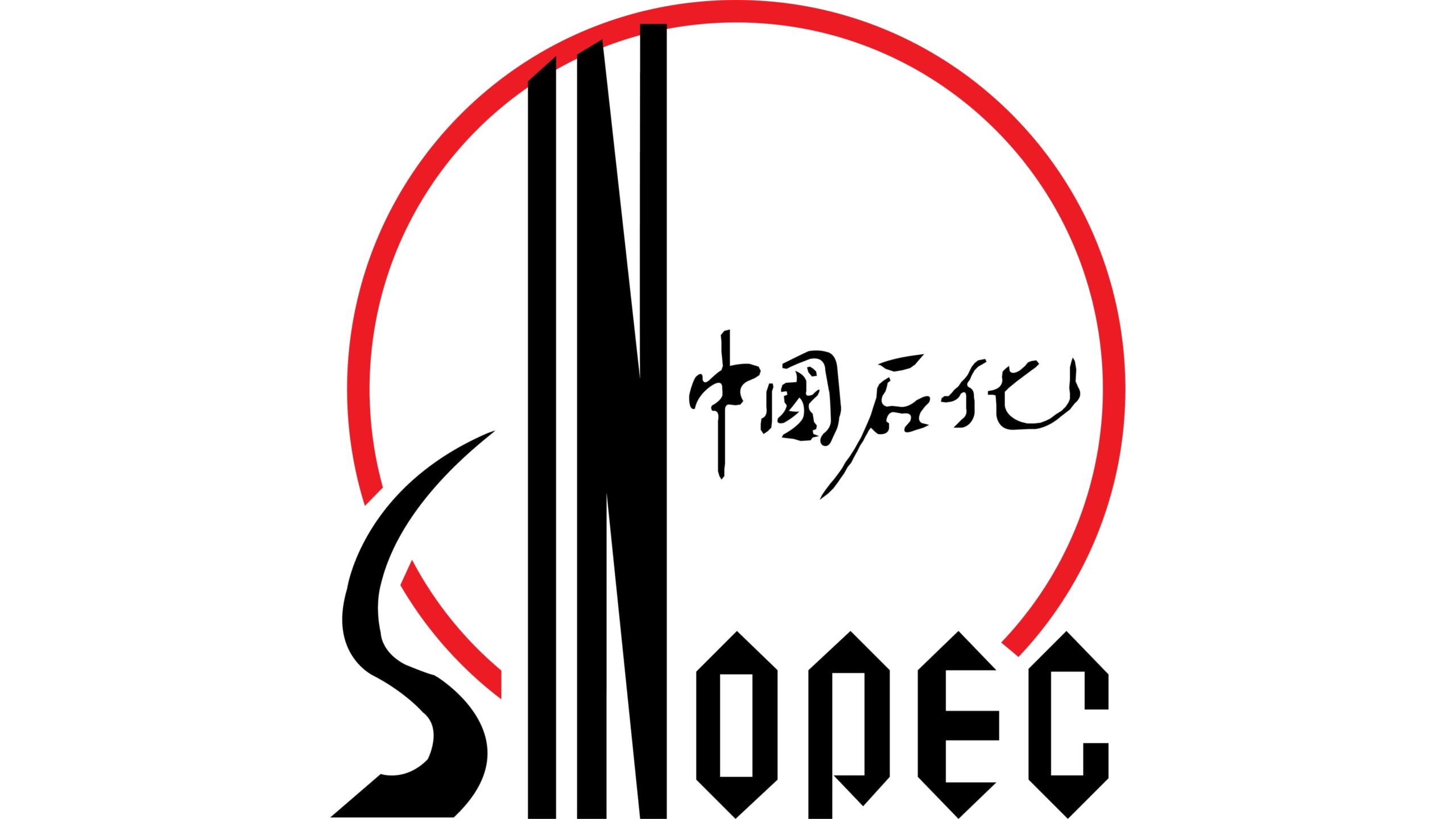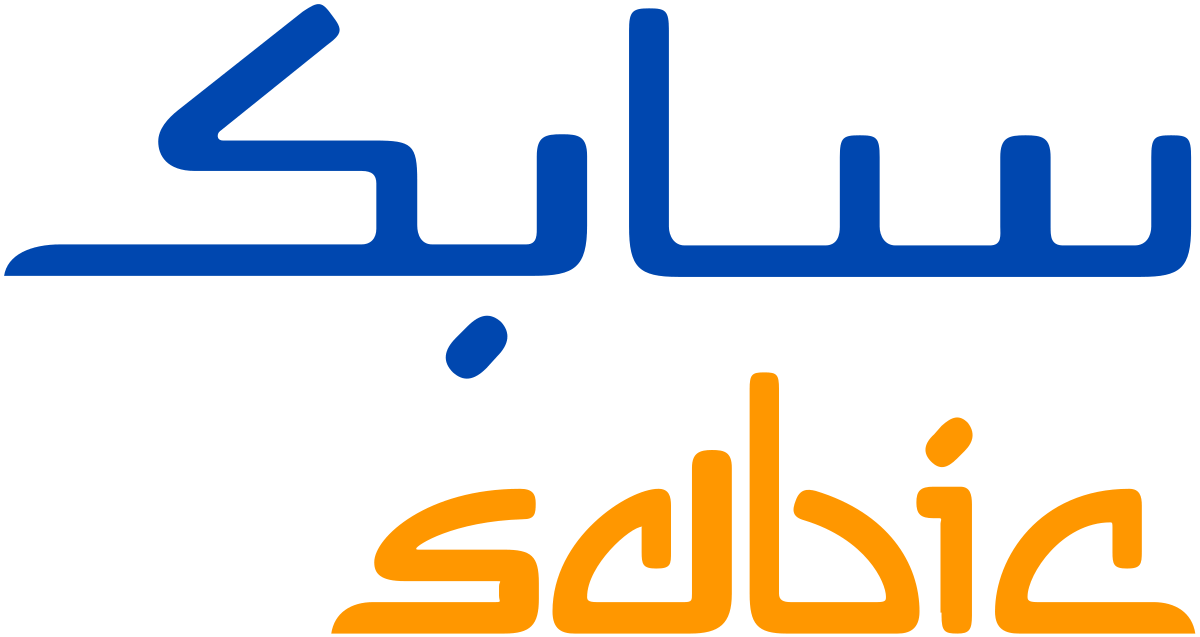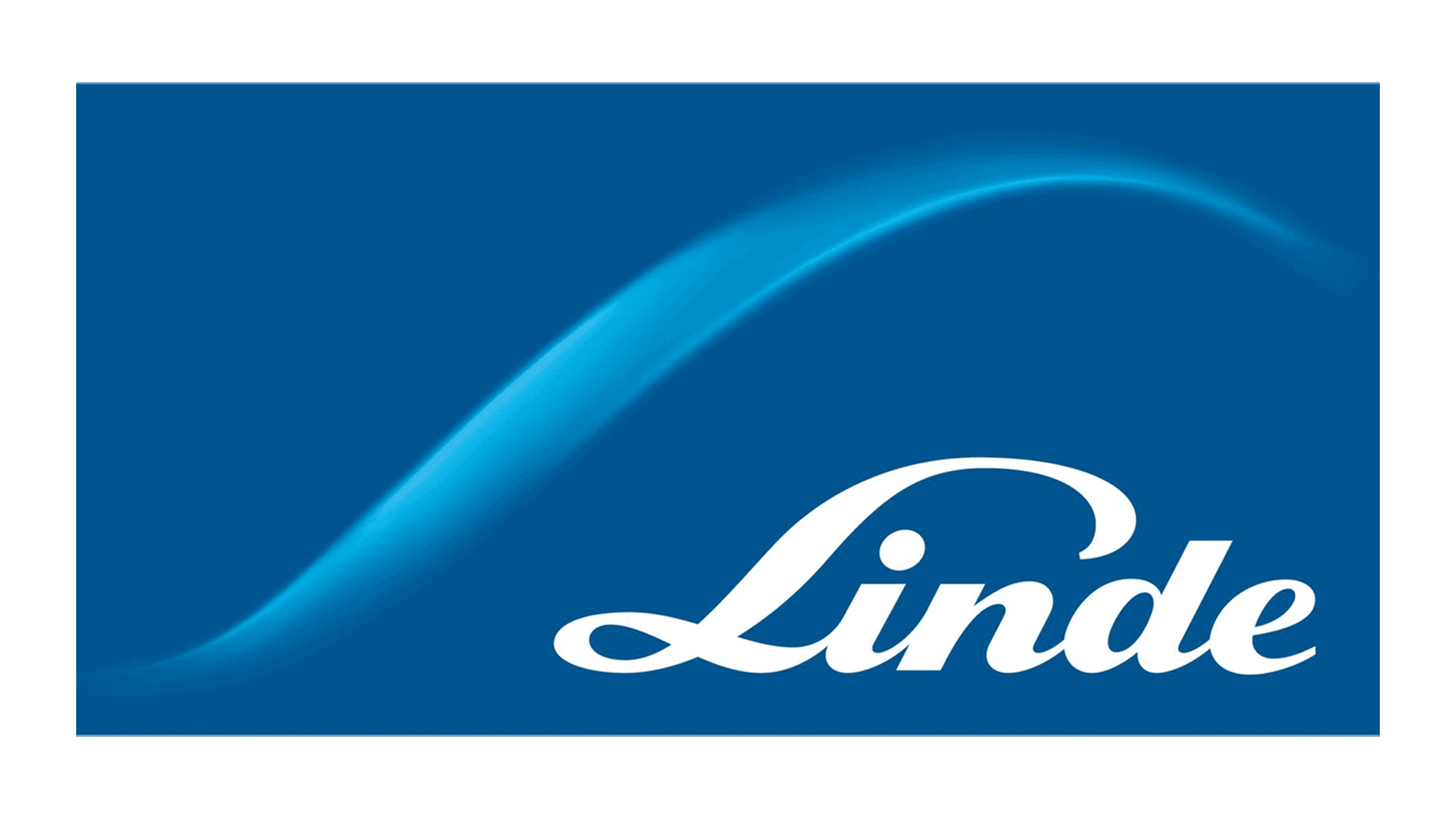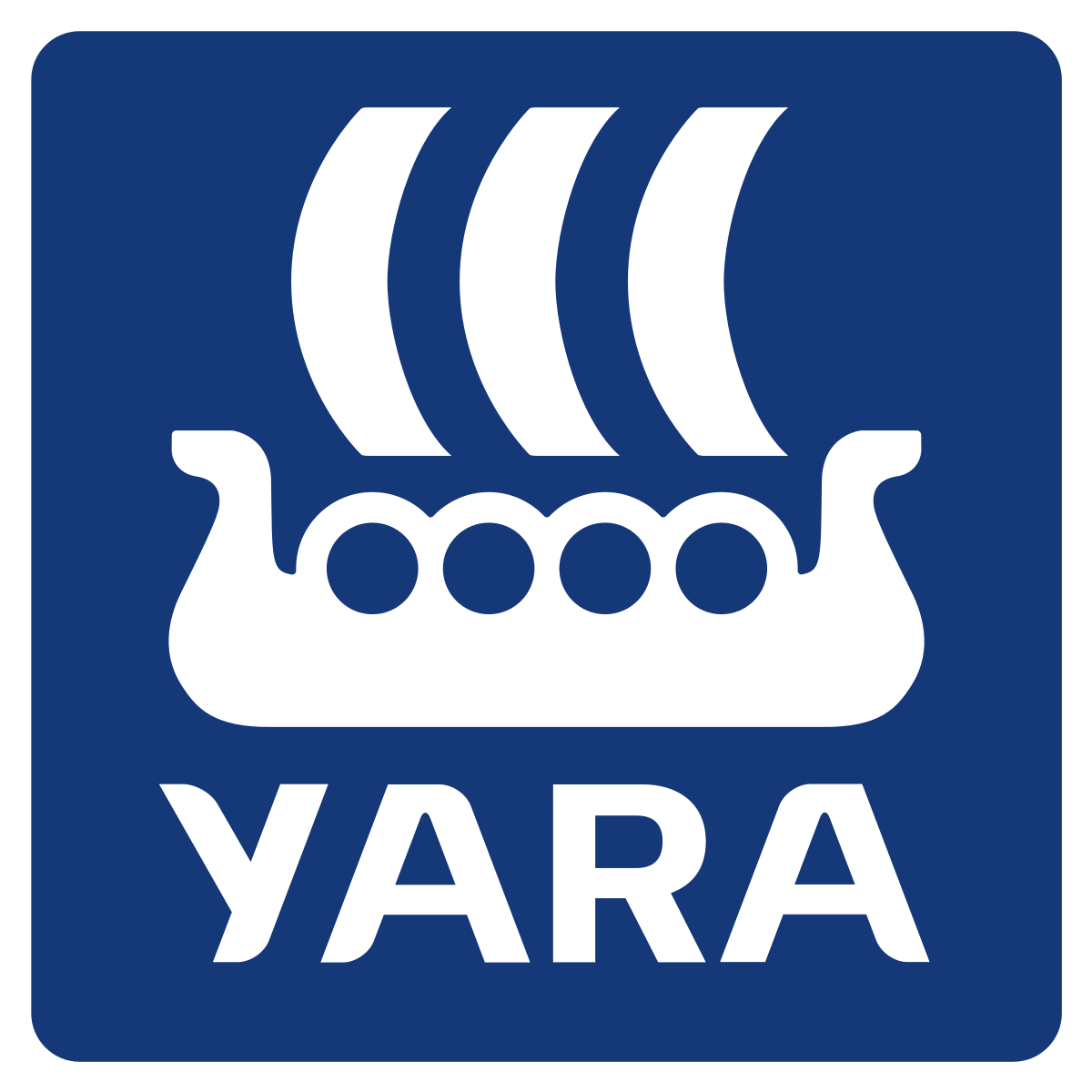Global Recycling Water Filtration Market: By Product Type, By End User, By Region & Segmental Insights Trends and Forecast, 2024 – 2034
- Industry: Chemicals & Materials
- Report ID: TNR-110-1129
- Number of Pages: 420
- Table/Charts : Yes
- June, 2024
- Base Year : 2024
- No. of Companies : 10+
- No. of Countries : 29
- Views : 10159
- Covid Impact Covered: Yes
- War Impact Covered: Yes
- Formats : PDF, Excel, PPT
Recycling water filtration is a process that involves treating and purifying wastewater to make it reusable for various purposes. This method encompasses a series of advanced filtration technologies designed to remove contaminants, impurities, and pollutants from water. The primary goal is to convert wastewater into a clean, safe resource that can be reused in industrial, agricultural, and even residential applications, thereby conserving fresh water supplies.
The process typically involves several stages, including physical filtration, chemical treatment, and biological processes, to ensure the removal of solid particles, organic matter, and harmful microorganisms. Technologies such as reverse osmosis, ultrafiltration, and activated carbon filtration are commonly employed in recycling water filtration systems. By effectively recycling wastewater, this method reduces the demand for fresh water, minimizes the environmental impact of wastewater discharge, and promotes sustainable water management practices. As a result, recycling water filtration plays a crucial role in addressing global water scarcity and supporting environmental conservation efforts.
The increasing demand for recycling water filtration systems is propelled by several critical factors, chief among them being environmental sustainability and regulatory compliance. As water scarcity becomes a global concern, industries and municipalities are compelled to adopt water recycling practices to conserve vital water resources. Stricter environmental regulations mandate the reduction of wastewater discharge and the implementation of sustainable water management solutions, driving the need for advanced filtration technologies. Technological advancements have made these systems more efficient and cost-effective, enhancing their appeal across various sectors, including industrial, agricultural, and residential.
Economic incentives, such as reduced operational costs from lower water usage and potential subsidies for green technologies, further encourage the adoption of recycling water filtration systems. Additionally, the growing awareness of corporate social responsibility and the imperative to mitigate environmental impacts are motivating businesses to invest in sustainable water recycling solutions. Consequently, the demand for recycling water filtration systems continues to rise, aligning with global sustainability goals.
In terms of revenue, the global recycling water filtration market was worth US$ 2.8 Bn in 2023, anticipated to witness CAGR of 7.8% during 2024 – 2034.

Global Recycling Water Filtration Market Dynamics
Environmental Concerns: Increasing awareness of water scarcity and pollution drives demand for efficient water recycling and filtration systems to conserve water resources and reduce environmental impact. Governments and environmental agencies are implementing stringent regulations and standards for wastewater discharge, compelling industries and municipalities to adopt advanced water filtration technologies to comply with legal requirements.
Technological Advancements: Innovations in filtration technology have improved the efficiency, reliability, and cost-effectiveness of water recycling systems, making them more accessible for various applications, including industrial, municipal, and residential sectors. Recycling water reduces operational costs by lowering water consumption and wastewater treatment expenses. Additionally, government incentives and subsidies for sustainable practices further encourage investment in water filtration systems.
Industrial Growth: Rapid industrialization, particularly in emerging economies, increases the demand for water recycling technologies to manage industrial wastewater and support sustainable growth. Rising urban populations and expanding urban areas heighten the need for efficient water management systems to ensure a sustainable water supply and address wastewater challenges.
Equipment Segment Has Garnered Major Market Share in the Global Recycling Water Filtration Market During the Forecast Period (2024 – 2034).
The rising demand for recycling water filtration equipment is driven by environmental concerns, regulatory pressures, and technological advancements. As water scarcity becomes a critical issue, industries, municipalities, and residential areas are increasingly turning to advanced filtration systems to conserve and recycle water.
Stringent environmental regulations are pushing entities to adopt sustainable practices, including the implementation of efficient water recycling technologies to comply with wastewater discharge standards. Technological innovations have enhanced the performance, reliability, and cost-effectiveness of these filtration systems, making them more attractive and accessible. Furthermore, the economic benefits of recycling water, such as reduced operational costs, lower water consumption, and potential tax incentives are motivating more organizations to invest in these systems. As a result, the market for recycling water filtration equipment is expanding, driven by the need for sustainable water management solutions that align with both environmental and economic goals.
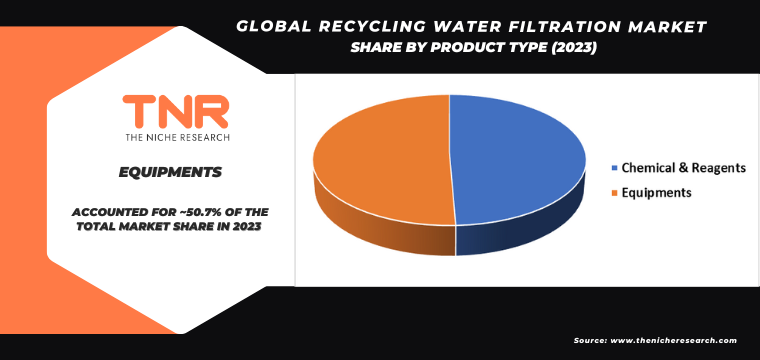
By End User Industrial Segment had the Highest Share in the Global Recycling Water Filtration Market in 2023.
The demand for industrial recycling water filtration systems is surging, driven by a combination of environmental imperatives, regulatory mandates, and economic incentives. Industries across North America are increasingly focusing on sustainable practices to address the pressing issue of water scarcity and mitigate environmental impacts. Regulatory frameworks are becoming more stringent, compelling industries to adopt advanced water recycling technologies to comply with wastewater discharge standards and reduce their environmental footprints.
Additionally, advancements in filtration technology have significantly improved the efficiency and cost-effectiveness of these systems, making them a viable option for large-scale industrial applications. Economic factors also play a crucial role, as companies recognize the potential for substantial cost savings through reduced water usage and lower wastewater treatment expenses. Moreover, the availability of government incentives and subsidies for implementing green technologies further accelerates the adoption of recycling water filtration systems in the industrial sector, reinforcing the shift towards more sustainable and responsible water management practices.

By Region, North America Dominated the Global Recycling Water Filtration Market in 2023.
In North America, the increasing demand for recycling water filtration systems is driven by a confluence of environmental and regulatory pressures, technological advancements, and economic considerations. With growing awareness of water scarcity and the impact of climate change, both governments and industries are investing in sustainable water management solutions to conserve resources and reduce environmental footprints.
Technological innovations have enhanced the efficiency and affordability of advanced filtration systems, making them more accessible for municipal, industrial, and residential applications. Additionally, stringent regulations and policies aimed at reducing water waste and promoting water reuse are compelling businesses and communities to adopt recycling water filtration technologies. The economic benefits, including reduced operational costs and potential subsidies or incentives for implementing green technologies, further bolster the demand for these systems. As a result, North America is experiencing a significant uptick in the adoption of recycling water filtration solutions, driven by the need for sustainable and cost-effective water management practices.

Competitive Landscape: Global Recycling Water Filtration Market:
- ALFA LAVAL
- Aries Chemical Inc.
- DeLoach Industries Inc.
- Dow
- DuPont
- Ecolab Inc.
- Element Solutions Inc.
- Evoqua Water Technologies LLC
- Fluence Corp. Ltd.
- General Electric Co.
- Grundfos Holding AS
- Komline Sanderson Corp.
- Lenntech BV
- Nitto Denko Corp.
- PHOENIX Process Equipment Co.
- RMI
- Seven Industrial Group (Parsian Refinery)
- Siemens AG
- TORAY INDUSTRIES, INC.
- Veolia
- Other Market Participants
Global Recycling Water Filtration Market Scope
| Report Specifications | Details |
| Market Revenue in 2023 | US$ 2.8 Bn |
| Market Size Forecast by 2034 | US$ 6.4 Bn |
| Growth Rate (CAGR) | 7.8% |
| Historic Data | 2016 – 2022 |
| Base Year for Estimation | 2023 |
| Forecast Period | 2024 – 2034 |
| Report Inclusions | Market Size & Estimates, Market Dynamics, Competitive Scenario, Trends, Growth Factors, Market Determinants, Key Investment Segmentation, Product/Service/Solutions Benchmarking |
| Segments Covered | By Product Type, By End User, By Region |
| Regions Covered | North America, Europe, Asia Pacific, Middle East & Africa, Latin America |
| Countries Covered | U.S., Canada, Mexico, Rest of North America, France, The UK, Spain, Germany, Italy, Nordic Countries (Denmark, Finland, Iceland, Sweden, Norway), Benelux Union (Belgium, The Netherlands, Luxembourg), Rest of Europe, China, Japan, India, New Zealand, Australia, South Korea, Southeast Asia (Indonesia, Thailand, Malaysia, Singapore, Rest of Southeast Asia), Rest of Asia Pacific, Saudi Arabia, UAE, Egypt, Kuwait, South Africa, Rest of Middle East & Africa, Brazil, Argentina, Rest of Latin America |
| Key Players | ALFA LAVAL, Aries Chemical Inc., DeLoach Industries Inc., Dow, DuPont, Ecolab Inc., Element Solutions Inc., Evoqua Water Technologies LLC, Fluence Corp. Ltd., General Electric Co., Grundfos Holding AS, Komline Sanderson Corp., Lenntech BV, Nitto Denko Corp., PHOENIX Process Equipment Co., RMI, Seven Industrial Group (Parsian Refinery), Siemens AG, TORAY INDUSTRIES, INC., Veolia |
| Customization Scope | Customization allows for the inclusion/modification of content pertaining to geographical regions, countries, and specific market segments. |
| Pricing & Procurement Options | Explore purchase options tailored to your specific research requirements |
| Contact Details | Consult With Our Expert
Japan (Toll-Free): +81 663-386-8111 South Korea (Toll-Free): +82-808- 703-126 Saudi Arabia (Toll-Free): +966 800-850-1643 United Kingdom: +44 753-710-5080 United States: +1 302-232-5106 E-mail: askanexpert@thenicheresearch.com
|
Global Recycling Water Filtration Market
By Product Type
- Chemical & Reagents
- Coagulants
- Odor Control
- Flocculants
- Defoamers
- Organic Polymers
- Reducing Agents
- Sludge Conditioners
- Cleaners and Degreasers
- Membrane Cleaners and Antiscalants
- Biocides and Bio-Dispersants
- Heavy Metal Precipitants
- pH Control
- Others
- Equipment
- Particle Filtration
- Bag Filters
- Cartridge Filters
- Self-Cleaning Filters
- Membrane Filtration
- Reverse Osmosis
- Ultrafiltration
- Microfiltration
- Activated Carbon Filters
- Granular Activated Charcoal
- Carbon Block Filters
- Sand Filtration
- Slow Sand Filter
- Rapid Sand Gravity Filter
- Rapid Sand Pressure Filter
- Others
- Particle Filtration
By End User
- Industrial
- Commercial
- Residential
By Region
- North America (U.S., Canada, Mexico, Rest of North America)
- Europe (France, The UK, Spain, Germany, Italy, Nordic Countries (Denmark, Finland, Iceland, Sweden, Norway), Benelux Union (Belgium, The Netherlands, Luxembourg), Rest of Europe)
- Asia Pacific (China, Japan, India, New Zealand, Australia, South Korea, Southeast Asia (Indonesia, Thailand, Malaysia, Singapore, Rest of Southeast Asia), Rest of Asia Pacific)
- Middle East & Africa (Saudi Arabia, UAE, Egypt, Kuwait, South Africa, Rest of Middle East & Africa)
- Latin America (Brazil, Argentina, Rest of Latin America)
Report Layout:
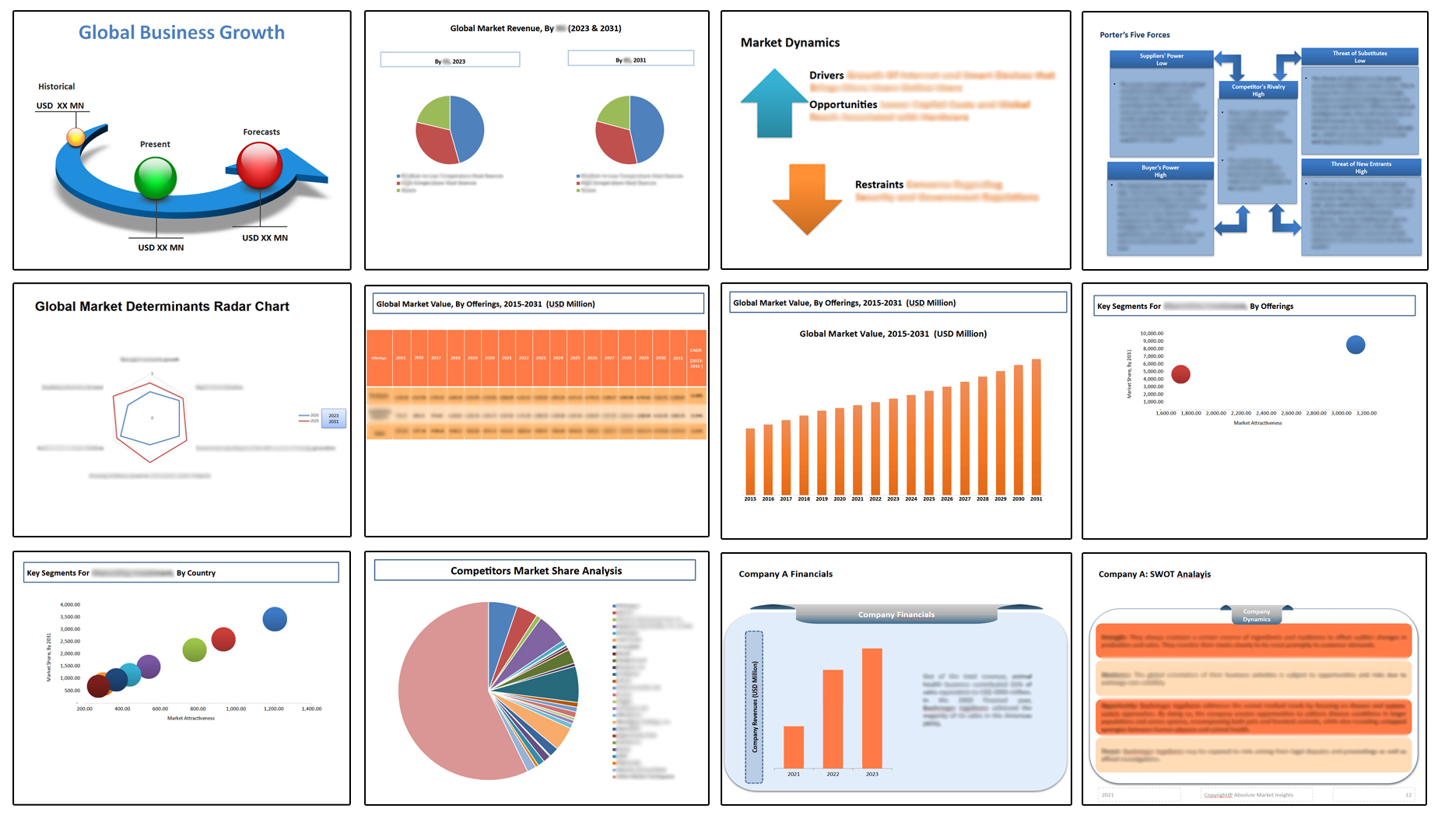
Table of Contents
Note: This ToC is tentative and can be changed according to the research study conducted during the course of report completion.
**Exclusive for Multi-User and Enterprise User.
Global Recycling Water Filtration Market
By Product Type
- Chemical & Reagents
- Coagulants
- Odor Control
- Flocculants
- Defoamers
- Organic Polymers
- Reducing Agents
- Sludge Conditioners
- Cleaners and Degreasers
- Membrane Cleaners and Antiscalants
- Biocides and Bio-Dispersants
- Heavy Metal Precipitants
- pH Control
- Others
- Equipment
- Particle Filtration
- Bag Filters
- Cartridge Filters
- Self-Cleaning Filters
- Membrane Filtration
- Reverse Osmosis
- Ultrafiltration
- Microfiltration
- Activated Carbon Filters
- Granular Activated Charcoal
- Carbon Block Filters
- Sand Filtration
- Slow Sand Filter
- Rapid Sand Gravity Filter
- Rapid Sand Pressure Filter
- Others
- Particle Filtration
By End User
- Industrial
- Commercial
- Residential
By Region
- North America (U.S., Canada, Mexico, Rest of North America)
- Europe (France, The UK, Spain, Germany, Italy, Nordic Countries (Denmark, Finland, Iceland, Sweden, Norway), Benelux Union (Belgium, The Netherlands, Luxembourg), Rest of Europe)
- Asia Pacific (China, Japan, India, New Zealand, Australia, South Korea, Southeast Asia (Indonesia, Thailand, Malaysia, Singapore, Rest of Southeast Asia), Rest of Asia Pacific)
- Middle East & Africa (Saudi Arabia, UAE, Egypt, Kuwait, South Africa, Rest of Middle East & Africa)
- Latin America (Brazil, Argentina, Rest of Latin America)
The Niche Research approach encompasses both primary and secondary research methods to provide comprehensive insights. While primary research is the cornerstone of our studies, we also incorporate secondary research sources such as company annual reports, premium industry databases, press releases, industry journals, and white papers.
Within our primary research, we actively engage with various industry stakeholders, conducting paid interviews and surveys. Our meticulous analysis extends to every market participant in major countries, allowing us to thoroughly examine their portfolios, calculate market shares, and segment revenues.
Our data collection primarily focuses on individual countries within our research scope, enabling us to estimate regional market sizes. Typically, we employ a bottom-up approach, meticulously tracking trends in different countries. We analyze growth drivers, constraints, technological innovations, and opportunities for each country, ultimately arriving at regional figures.Our process begins by examining the growth prospects of each country. Building upon these insights, we project growth and trends for the entire region. Finally, we utilize our proprietary model to refine estimations and forecasts.
Our data validation standards are integral to ensuring the reliability and accuracy of our research findings. Here’s a breakdown of our data validation processes and the stakeholders we engage with during our primary research:
- Supply Side Analysis: We initiate a supply side analysis by directly contacting market participants, through telephonic interviews and questionnaires containing both open-ended and close-ended questions. We gather information on their portfolios, segment revenues, developments, and growth strategies.
- Demand Side Analysis: To gain insights into adoption trends and consumer preferences, we reach out to target customers and users (non-vendors). This information forms a vital part of the qualitative analysis section of our reports, covering market dynamics, adoption trends, consumer behavior, spending patterns, and other related aspects.
- Consultant Insights: We tap into the expertise of our partner consultants from around the world to obtain their unique viewpoints and perspectives. Their insights contribute to a well-rounded understanding of the markets under investigation.
- In-House Validation: To ensure data accuracy and reliability, we conduct cross-validation of data points and information through our in-house team of consultants and utilize advanced data modeling tools for thorough verification.
The forecasts we provide are based on a comprehensive assessment of various factors, including:
- Market Trends and Past Performance (Last Five Years): We accurately analyze market trends and performance data from preceding five years to identify historical patterns and understand the market’s evolution.
- Historical Performance and Growth of Market Participants: We assess the historical performance and growth trajectories of key market participants. This analysis provides insights into the competitive landscape and individual company strategies.
- Market Determinants Impact Analysis (Next Eight Years): We conduct a rigorous analysis of the factors that are projected to influence the market over the next eight years. This includes assessing both internal and external determinants that can shape market dynamics.
- Drivers and Challenges for the Forecast Period:Identify the factors expected to drive market growth during the forecast period, as well as the challenges that the industry may face. This analysis aids in deriving an accurate growth rate projection.
- New Acquisitions, Collaborations, or Partnerships: We keep a close watch on any new acquisitions, collaborations, or partnerships within the industry. These developments can have a significant impact on market dynamics and competitiveness.
- Macro and Micro Factors Analysis:A thorough examination of both macro-level factors (e.g., economic trends, regulatory changes) and micro-level factors (e.g., technological advancements, consumer preferences) that may influence the market during the forecast period.
- End-User Sentiment Analysis: To understand the market from the end-user perspective, we conduct sentiment analysis. This involves assessing the sentiment, preferences, and feedback of the end-users, which can provide valuable insights into market trends.
- Perspective of Primary Participants: Insights gathered directly from primary research participants play a crucial role in shaping our forecasts. Their perspectives and experiences provide valuable qualitative data.
- Year-on-Year Growth Trend: We utilize a year-on-year growth trend based on historical market growth and expected future trends. This helps in formulating our growth projections, aligning them with the market’s historical performance.
Research process adopted by TNR involves multiple stages, including data collection, validation, quality checks, and presentation. It’s crucial that the data and information we provide add value to your existing market understanding and expertise. We have also established partnerships with business consulting, research, and survey organizations across regions and globally to collaborate on regional analysis and data validation, ensuring the highest level of accuracy and reliability in our reports.


